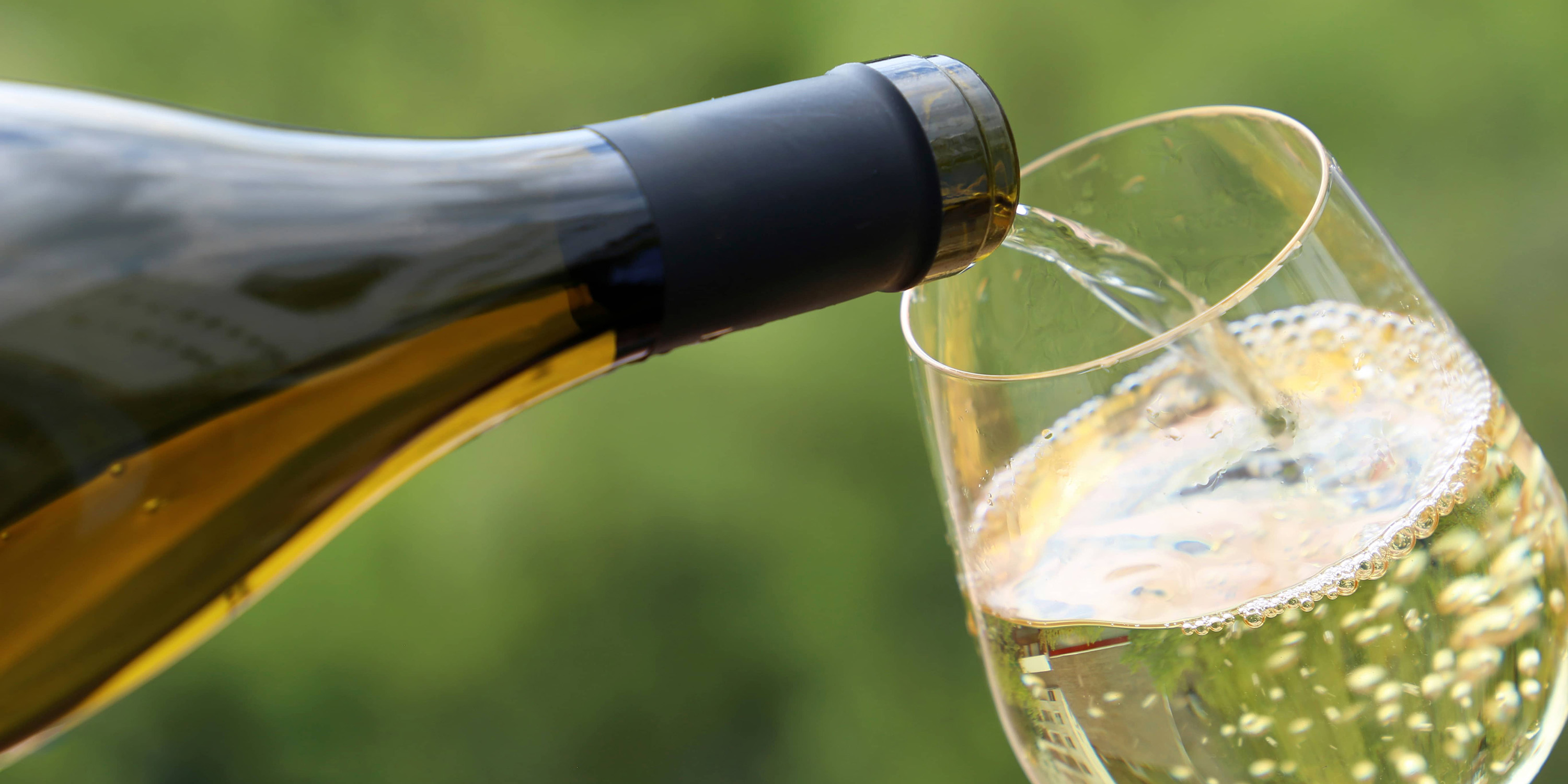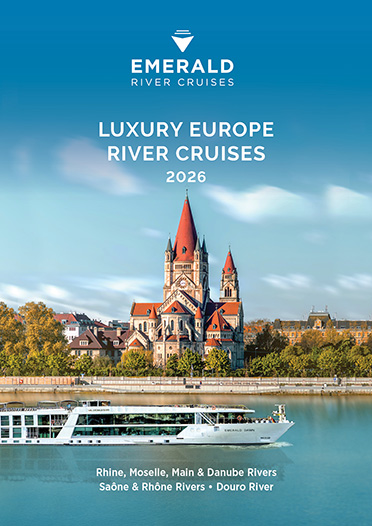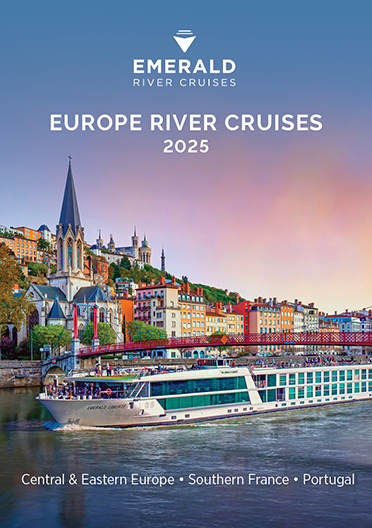Discover Europe’s most popular river cruises
Everything you need to know about dessert wine
2. Where does dessert wine come from?
3. How is a dessert wine made?
4. Types of dessert wine
5. Dessert wine notes and pairing suggestions
6. Can you drink dessert wine on its own?
7. Should dessert wine be served cold?
8. Dessert wine tours and experiences
9. Featured itineraries
The sweetest delight for wine lovers
Dessert wines have delighted wine lovers for thousands of years. Manufacturing has evolved from ancient production processes to modern-day vineyards – but whatever has changed, sweet dessert wines (or pudding wines) remain many people’s favourite way to round off a meal.
There’s no better place to enjoy a sweet glass of dessert wine than on board an award-winning Emerald Star-Ship. Drift through Europe’s most storied waterways and discover the birthplace of dessert wine, where each glass tells a tale of tradition and terroir. A selection of wines is included with lunch and dinner - the perfect pairing for the views.
Before you go, learn more about dessert wine here, from its ancient beginnings and competing claims of origin to its intricate fermenting process and the best destinations to sample a glass.


What is dessert wine?
Dessert wine is a broad category of sweet wine that’s typically enjoyed at the end of a meal. Sometimes called pudding wine, these sweetened wines can be tricky to categorise, other than noting that they’re often sweeter and have a higher alcohol content than other types of wine.
Because of their alcohol content, dessert wines are usually served in smaller glasses – the most common style is called a copita.
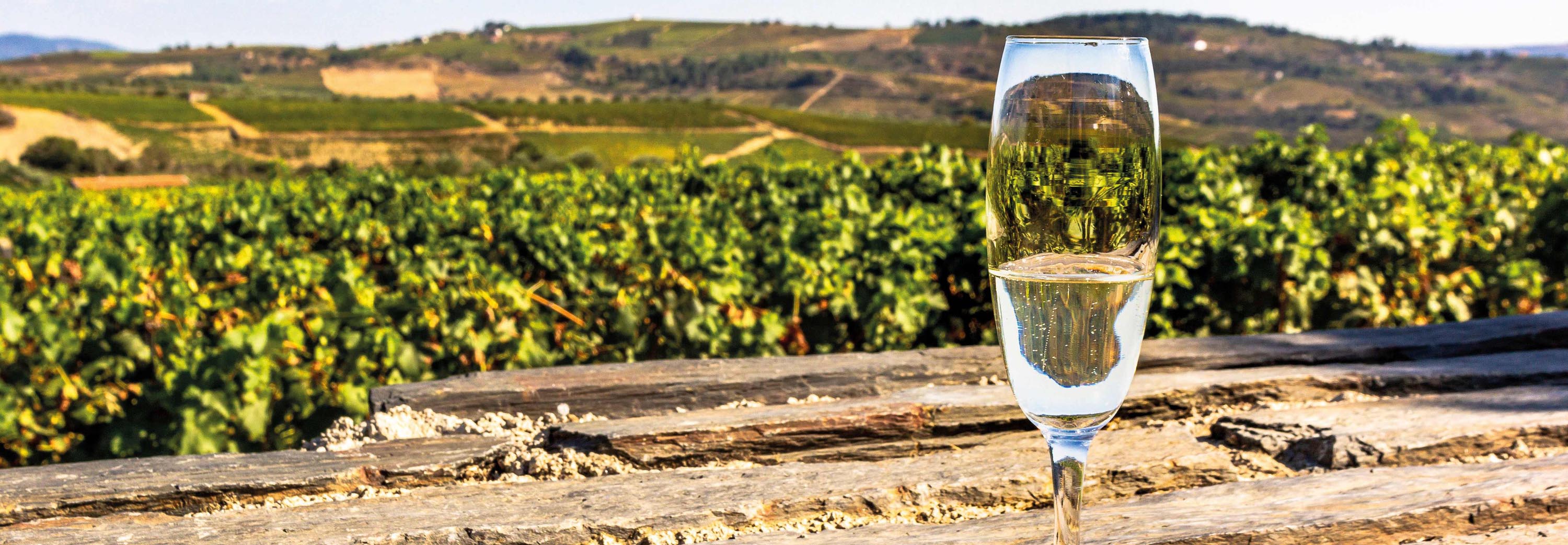

Where does dessert wine come from?
Dessert wines have been enjoyed for centuries, with origins dating back to the Middle Ages. Ancient Egyptians, Romans, and Greeks made sweet wines using sundried grapes, using them in religious ceremonies and on dinner tables as a symbol of luxury.
Sweet wine lovers are in luck - while dessert wines are now crafted around the globe, Europe remains the heartland of the finest varieties. Regions across Austria, France, Germany, Portugal, and Italy continue to set the standard, where world-renowned sweet wines that reflect centuries of tradition are produced. If you're looking to explore the best, these iconic wine regions are a perfect place to start.
With Emerald Cruises, you can savour dessert wines in style. Cruise through Europe’s most picturesque wine regions, explore rolling vineyards, and savour local specialties through thoughtfully curated EmeraldACTIVE and DiscoverMORE excursions - where every sip comes with a story.
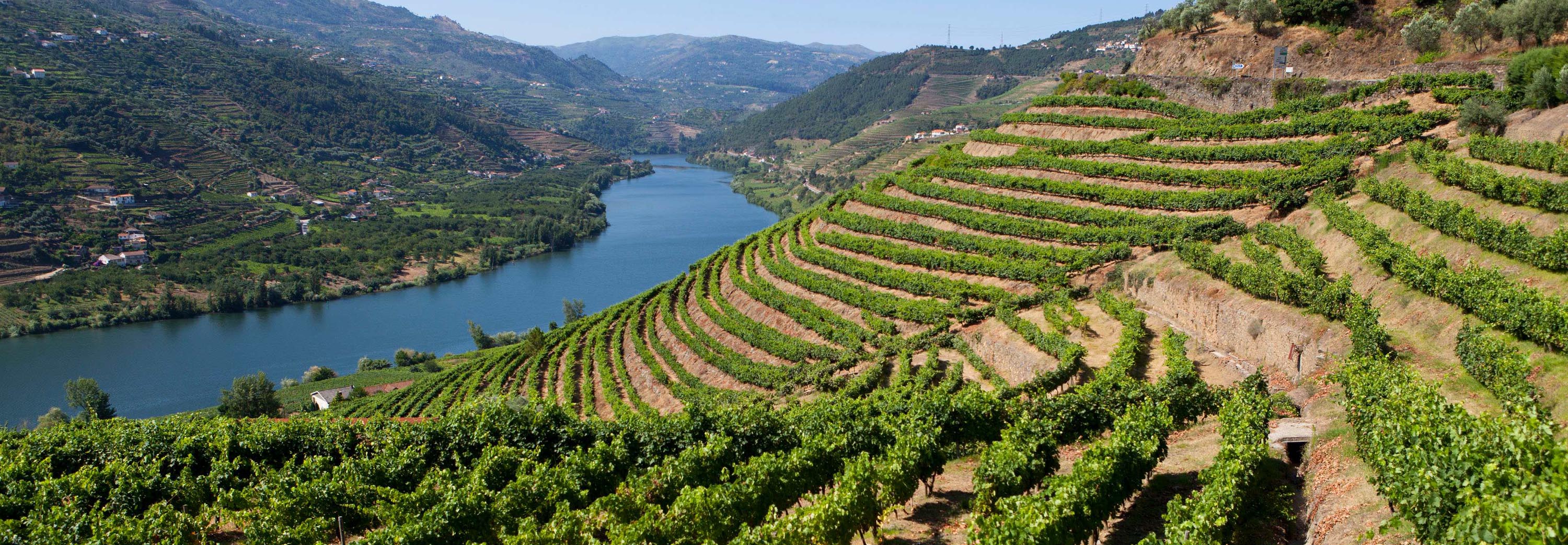

How is a dessert wine made?
What sets dessert wines apart is how their sweetness is preserved or enhanced during production. Unlike dry wines, dessert wines retain some natural sugar after fermentation, creating their signature rich, sweet character. This can happen by concentrating sugars in the grapes before pressing or by halting fermentation early, so not all sugars convert to alcohol. Some dessert wines also achieve sweetness through fortification, where additional alcohol is added to stop fermentation and preserve the natural sugars.
Most dessert wines are made using one of a few common techniques:
- Late harvest: This technique sees sweet wines made using grapes which have been left to over-ripen on the vine, increasing their sugar concentration. Common late-harvest dessert wines include Riesling, Gewürztraminer, and Moscato, which are noted for their richness and flavours of honey.
- Noble rot: This natural process involves letting a fungus (Botrytis cinerea) infect wine grapes, speeding up dehydration and concentrating the sugars and flavours. The shrivelled grapes are hand-harvested, and only those with the right ‘rot’ are selected. The hand-harvesting process and the specific conditions needed for noble rot mean this method produces premium dessert wines with unique flavour profiles. Sauternes, Beerenauslese, and Tokaji are examples of noble rot wines.
- Freezing: Some dessert wines are made from grapes that have been left on the vine for much longer than usual, into the winter, and harvested frozen. The grapes are pressed to release a concentrated juice, which is used to make sweet wines with fruity and floral flavours and acidity to balance the sweetness. This method produces ‘Ice Wine’, or ‘Eiswein’ in Germany, where it was first made.
- Fortification: Fortified wines are made by mixing sulphur dioxide or more alcohol – often brandy or another grape-based spirit – into a base wine, halting fermentation. Port and Sherry are examples of fortified dessert wines.
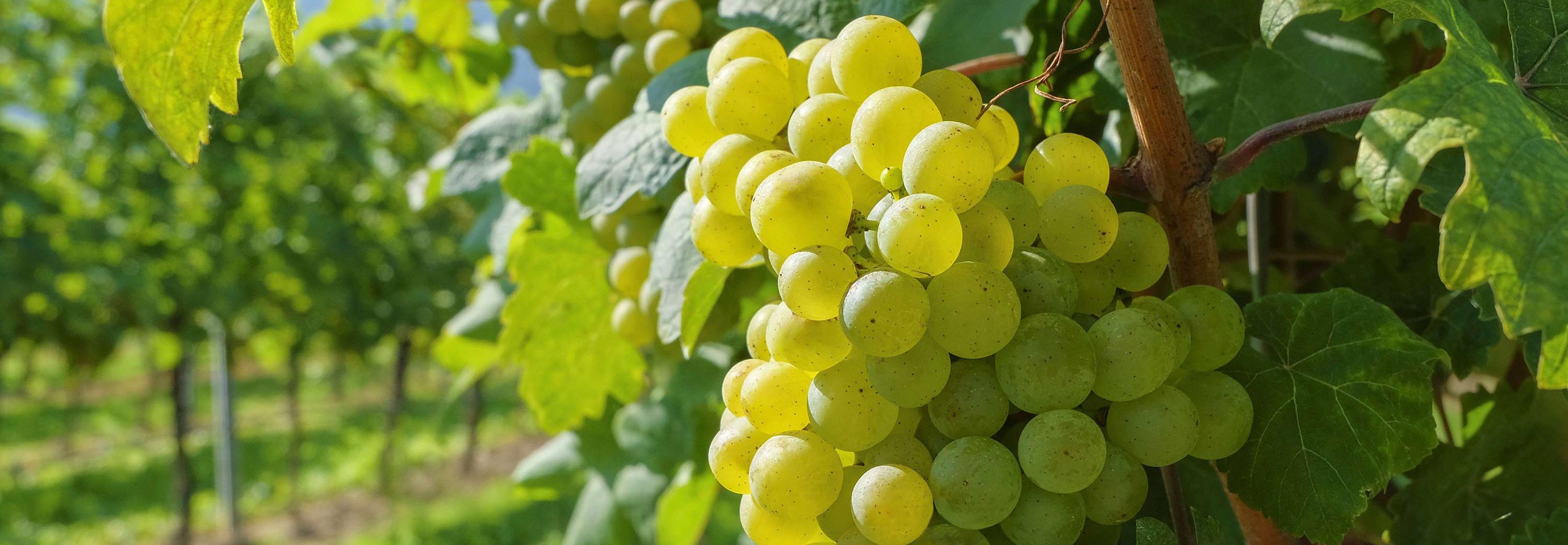

Types of dessert wine
There are many types of dessert wine worldwide, each offering a unique flavour and texture. You might find your favourites come from a particular country, region, or are made in a particular way.
The easiest way to categorise dessert wines is by style: sparkling, lightly sweet, richly sweet, sweet red, and fortified. Each includes many varieties with unique expressions of concentrated flavour and aroma.
- Sparkling dessert wine: Carbonated sweetness; Moscato d’Asti, from Italy’s Piedmont region, is an example of a sparkling dessert wine characterised by its perfume and gentle fizz.
- Lightly sweet dessert wine: This dessert wine provides an elegant sweetness balanced by refreshing acidity. German Kabinett and Spätlese Rieslings exemplify this style perfectly.
- Richly sweet dessert wine: Showcasing nature’s ability to concentrate flavours through various methods, richly sweet wines, like Bordeaux Sauternes, demonstrate how noble rot can create golden elixirs.
- Sweet red wine: Exemplified by Piedmontese Brachetto d’Acqui, sweet red wines combine sweetness and aromas, fruit flavours, and – sometimes – hints of spice.
- Fortified wine: With a splash of brandy or another grape-based spirit added during the production process, fortified dessert wines are often complex and have a high alcohol content. Port, from Portugal’s Douro Valley, is among the best-known fortified wines, encompassing less-aged Ruby Port and Tawny Port, which is aged in oak barrels for silkiness and harmony.
Visit Quinta do Tedo Winery, in the heart of Portugal’s Douro Valley, on an unforgettable Douro River cruise, and explore the Porto-making process for yourself before heading back on board for a Port wine cocktail lesson.
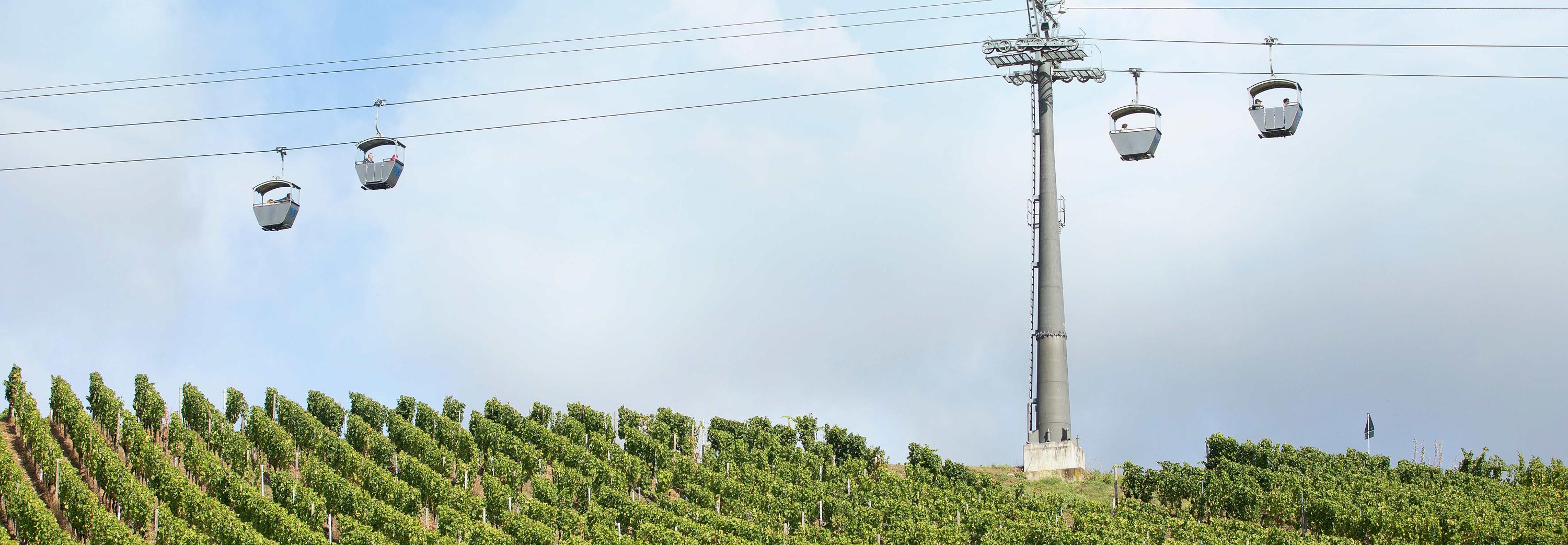

Dessert wine notes and pairings with desserts
Dessert wines can present varying levels of sweetness, different tasting notes and aromas. Choosing the right dessert and dessert wine pairing can enhance the end of your meal, with both the wine and the dish complementing the flavours of the other.
- Chocolate: Rich and bitter dark chocolate desserts can pair well with deep red fortified wines, including Port, some sherries, and Rutherglen Muscat; sweeter chocolate puddings pair best with sweeter wines.
- Fruit: Choose dessert wines that match the natural sweetness of the fruit in your dessert. For example, Gewürztraminer, a late-harvest dessert wine, pairs well with apple desserts. Riesling Beerenauslese is a late-harvest wine that pairs perfectly with lemon.
- Sweet desserts: If you’re looking for a wine match for a very sweet pudding – perhaps with treacle, toffee, or caramel flavours – full-bodied fortified wines can balance the intensity.


Can you drink dessert wine on its own?
Sweet wines aren’t just for desserts. You can enjoy them on their own, whether as a refreshing start to a meal or a digestif to wrap things up. Different regions have their own traditions: in Portugal, Port often comes with cheese or dessert; in Germany and Austria, Ice Wines are mainly paired with sweets but rarely cheese; and in France, Sauternes is a classic match not only for desserts but also for rich dishes like Foie Gras. So, whether you’re sipping solo or pairing up, dessert wines bring plenty of delicious options.


Should dessert wine be served cold?
It’s recommended that dessert wines are served chilled to preserve their delicate flavours and counteract the sweetness. This includes red and white dessert wines.
Serving dessert wines warm can lead to them tasting excessively sweet and rich. Too cold, and the flavours may be masked. The right temperature lets the wine’s natural sweetness shine through without becoming overwhelming.
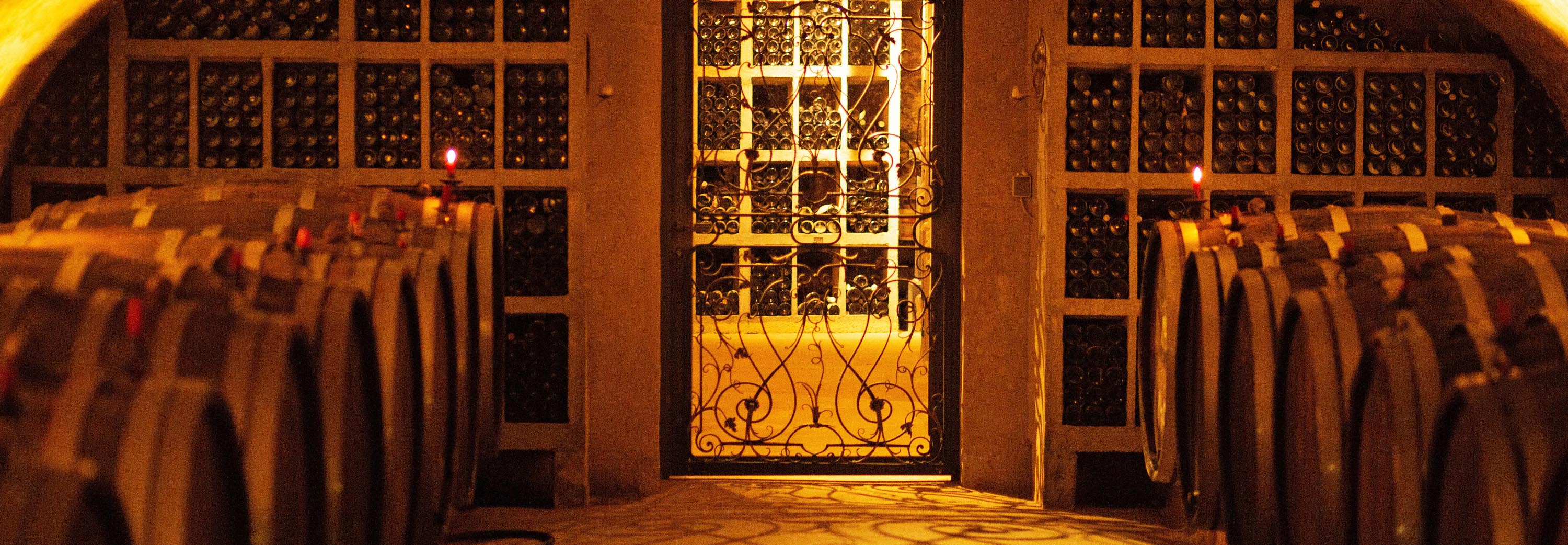

Emerald Cruises dessert wine tours and experiences
On a luxury Douro river cruise, explore the birthplace of Port wine, one of the most well-known dessert wines. Discover the delight of the Douro Valley, the oldest wine region in Portugal. It’s the perfect destination to sample the sweet beverage while soaking in the area’s glorious sunshine and rolling vineyards.
Alternatively, visit Germany on a Moselle River cruise and travel through esteemed vineyards home to world-famous Riesling wine, including a visit to the world’s first Riesling winery, Schloss Johannisberg Winery.


Embark on river cruises with Emerald Cruises
Experience an unforgettable river cruise through Europe with Emerald Cruises. You can enjoy journeys that take you through some of the best dessert wine regions in the world, where you can sample a range of sweet wines while soaking in the best of your destination.
Climb aboard your award-winning Emerald Star-Ship and settle into your luxurious home away from home. With suites and staterooms to suit your preferences, you’ll enjoy a life of luxury as you journey through the heart of Europe.
Featured Itineraries
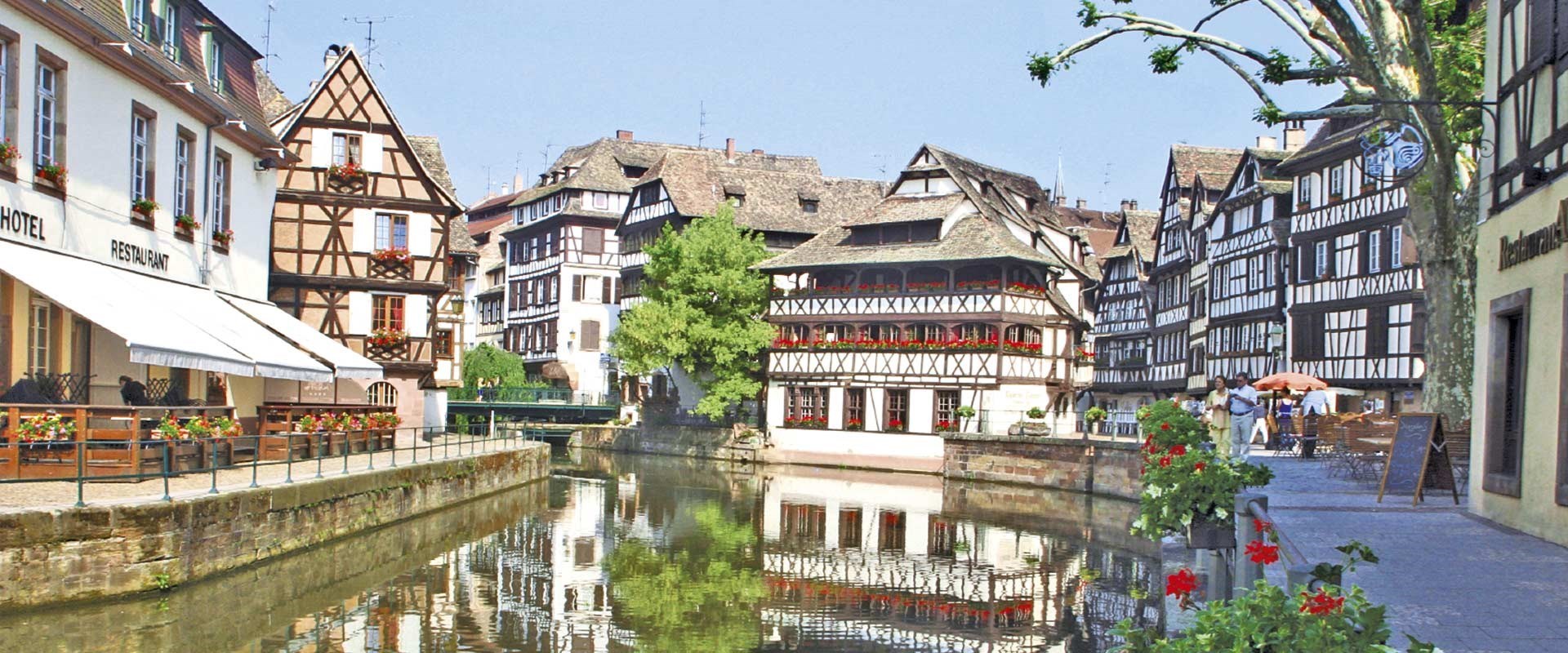
11 Days
SEASON: 2026Rhine Castles & Moselle Vineyards
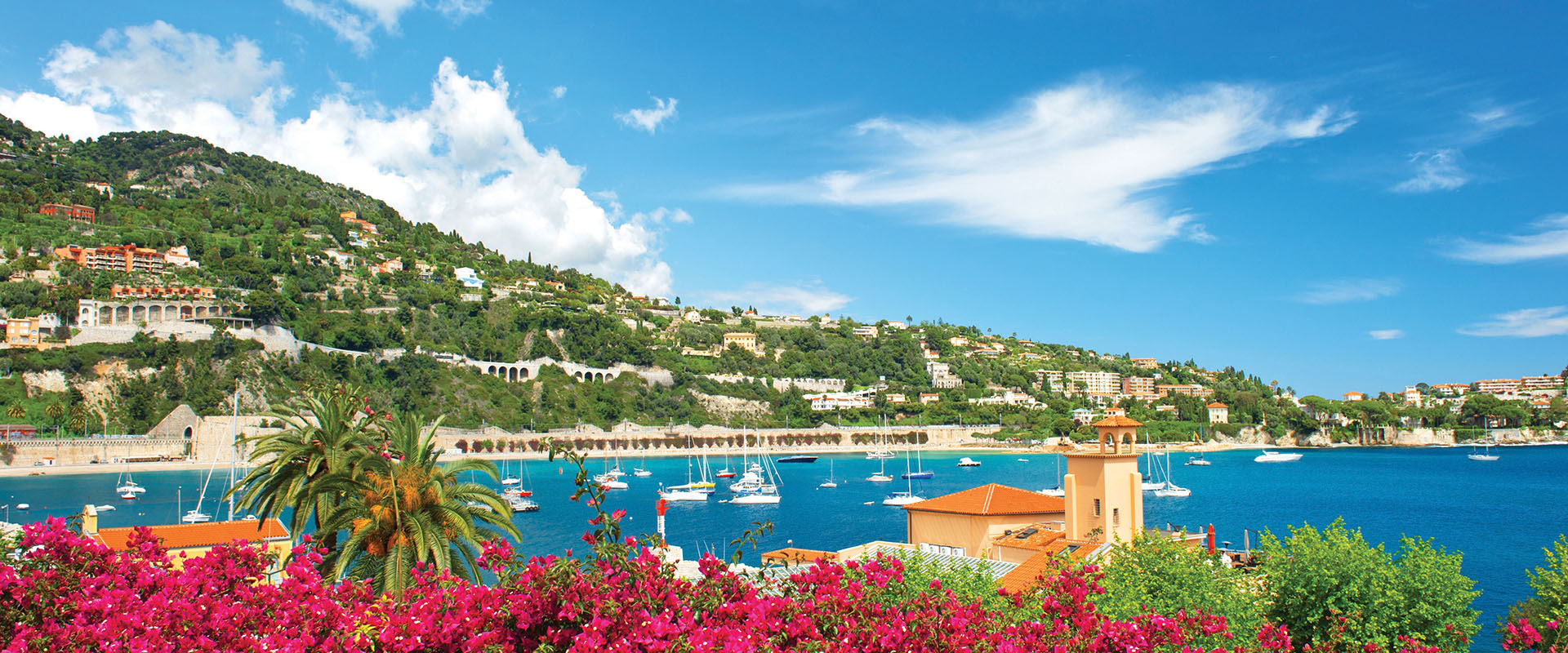
13 Days
SEASON: 2026Nice to Paris & Sensations of Lyon and Provence
Discover the magic of France by river
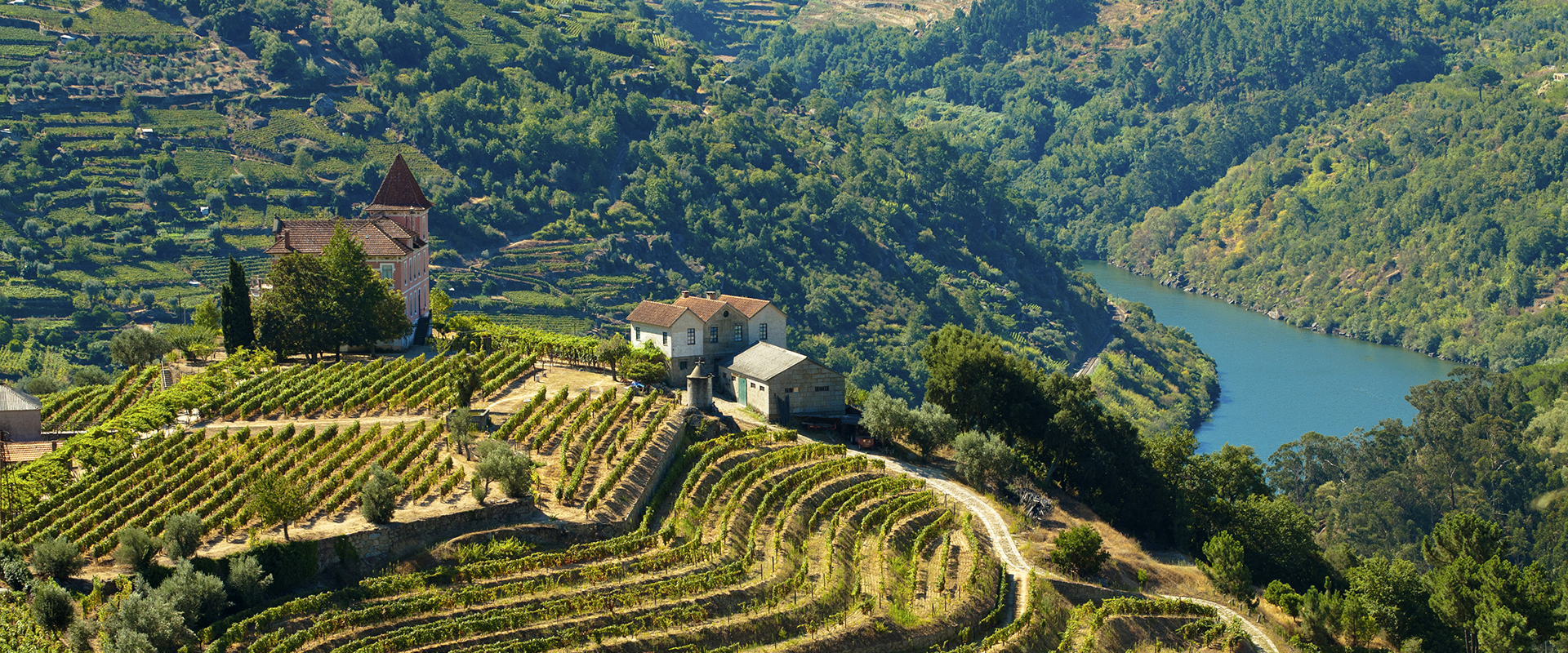
14 Days
SEASON: 2026Lisbon to Madrid with Secrets of the Douro
Explore the charms of Portugal by river
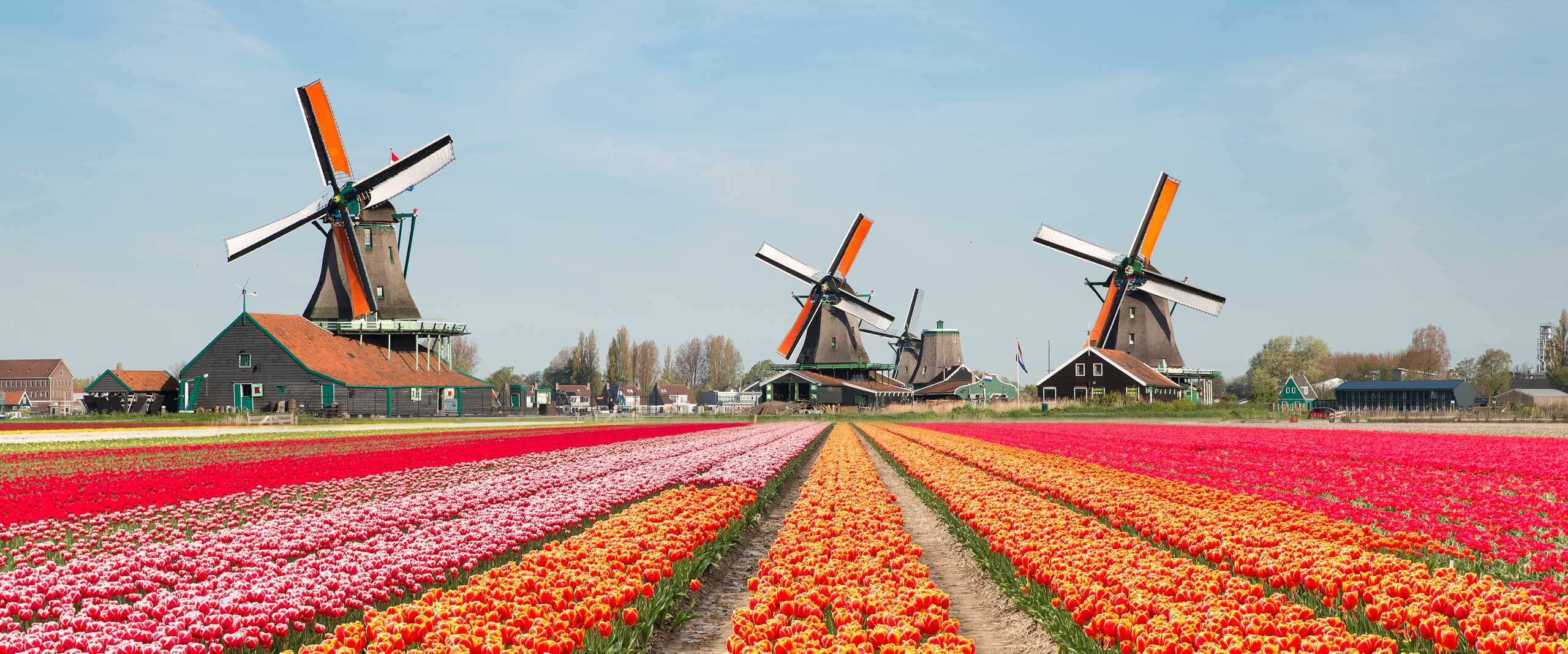
15 Days
SEASON: 2026Discover the Rhine & Rhone rivers
From Windmills to Vineyards: cruise two rivers in one remarkable journey

23 Days
SEASON: 2026Discover the Rhine, Main & Danube rivers
A fabled river journey through the heart of Europe
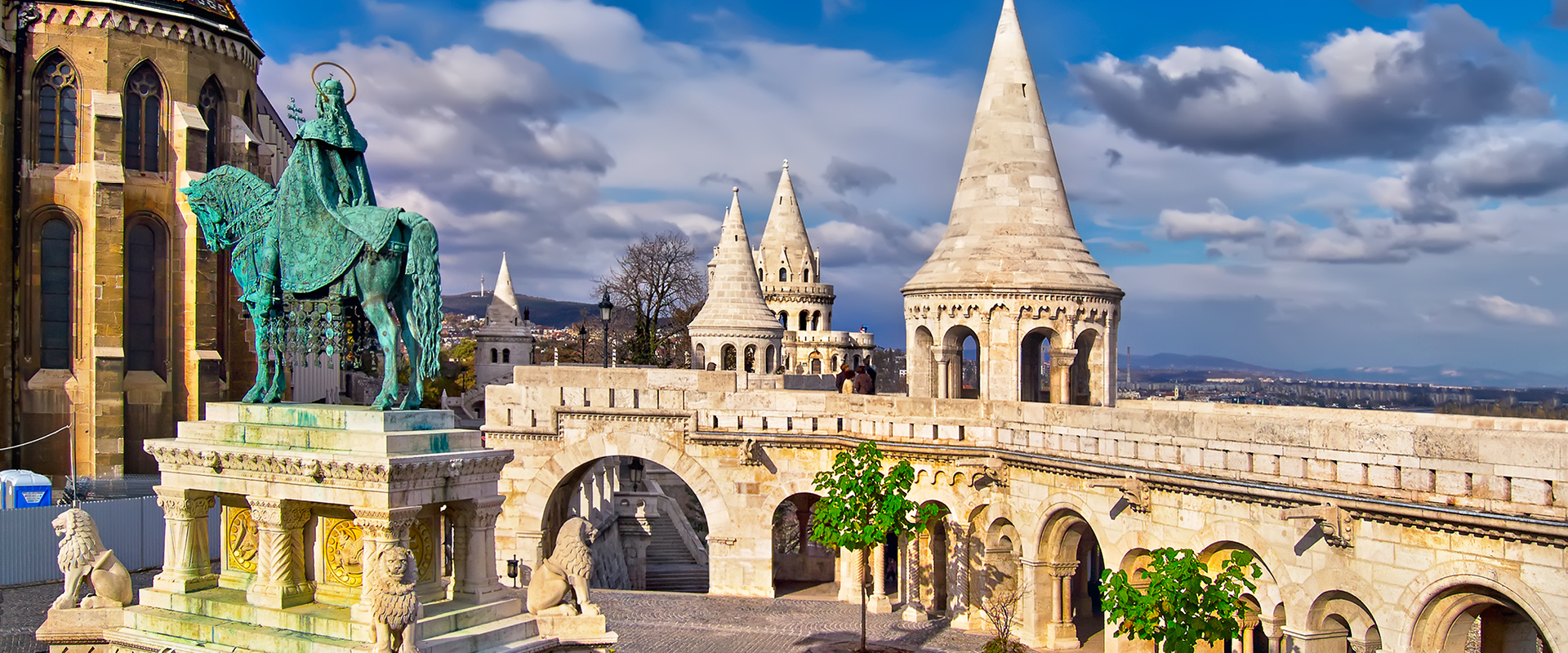
18 Days
SEASON: 2026Splendours of Europe & Prague
Discover Europe’s most popular river cruises
.jpg?rev=3f20a2398e0a4ca3bf89242db15fdbf5)
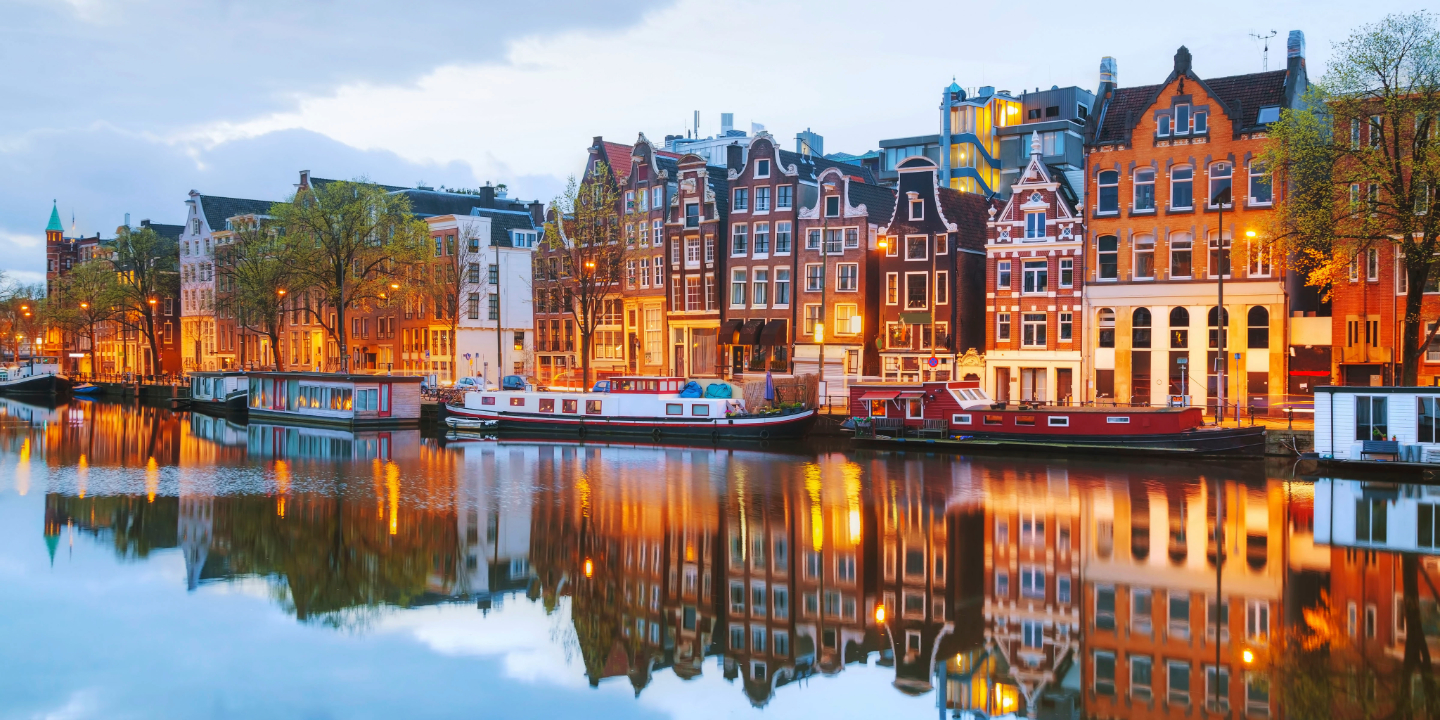
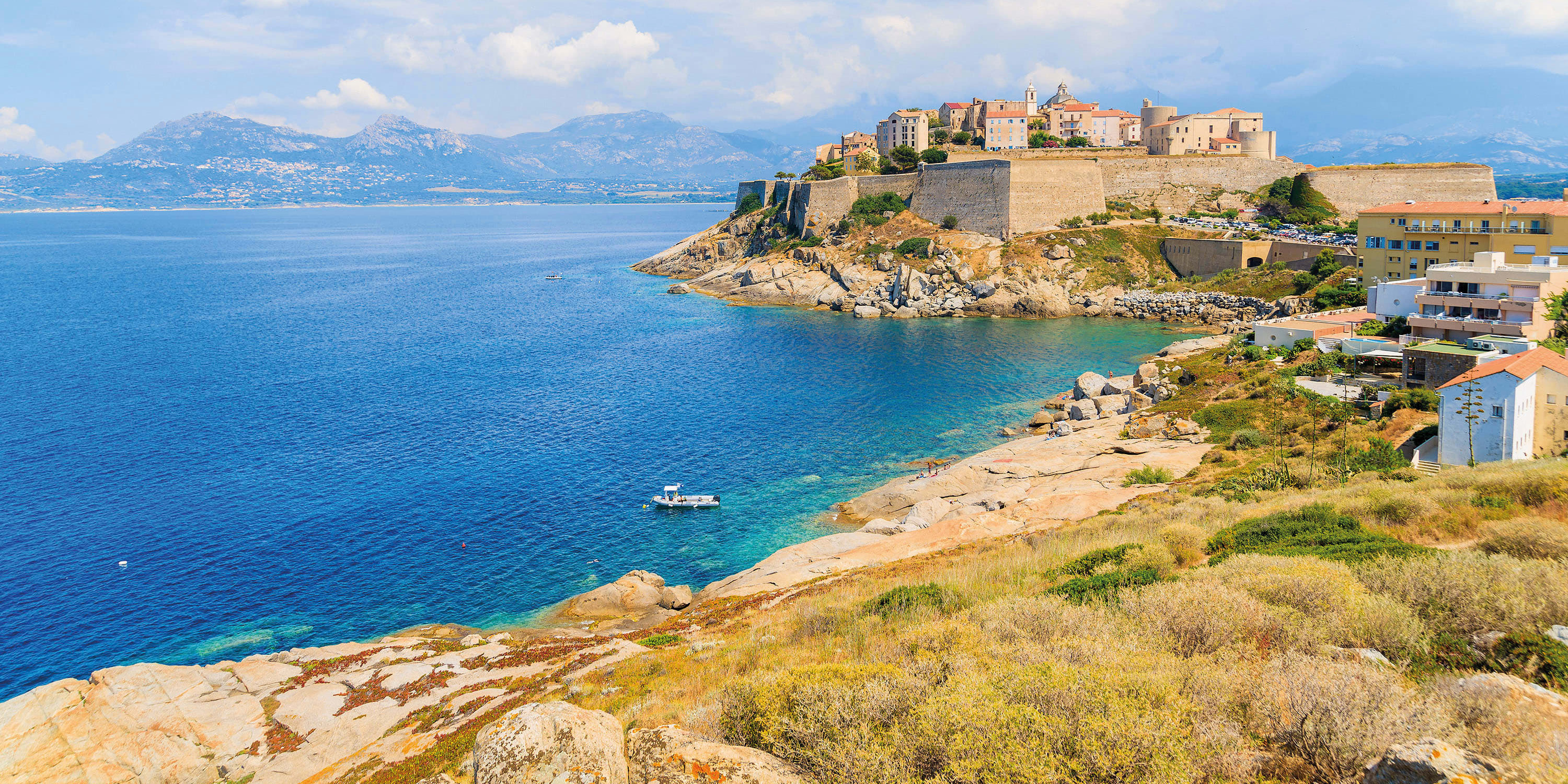
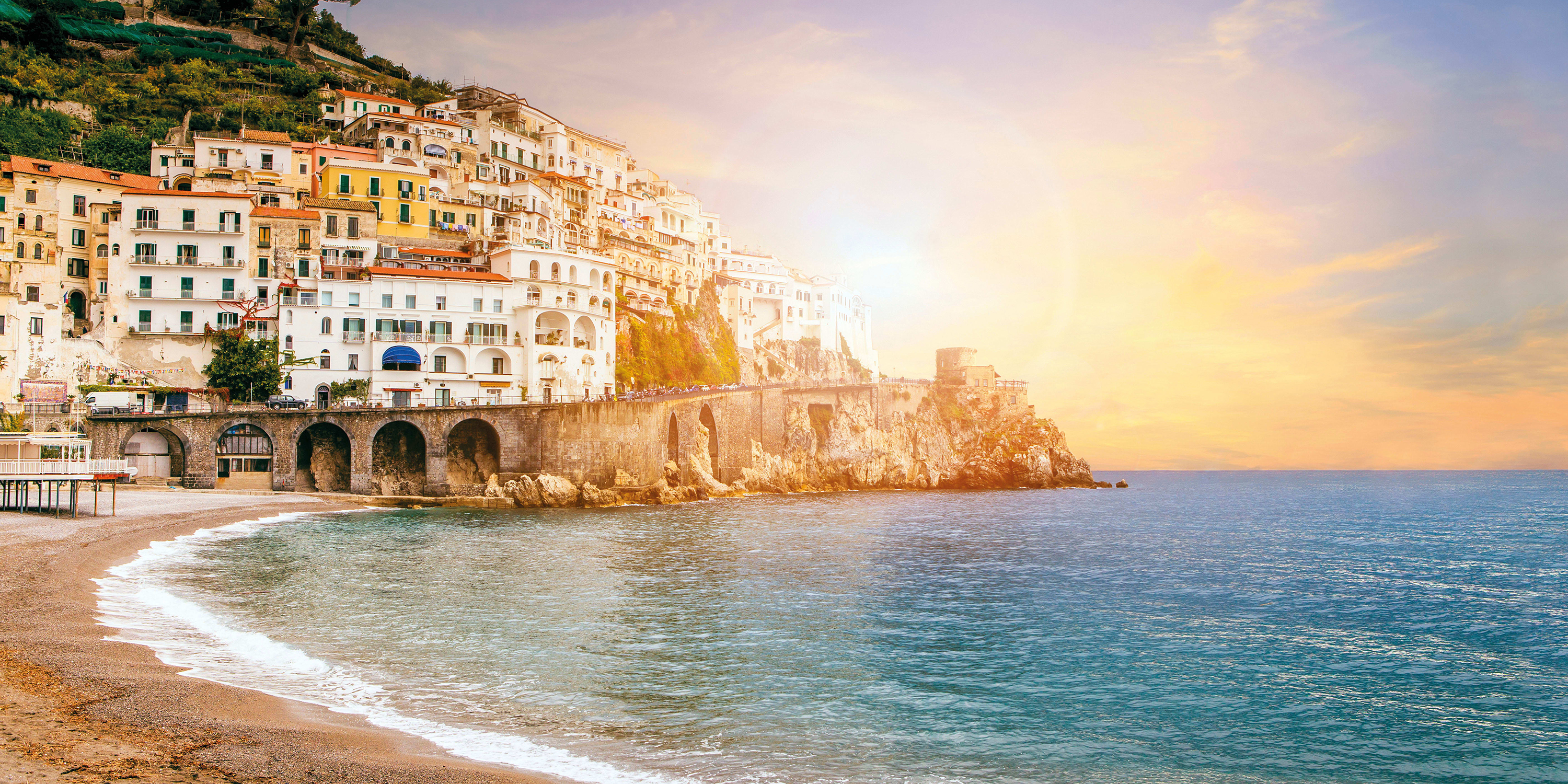
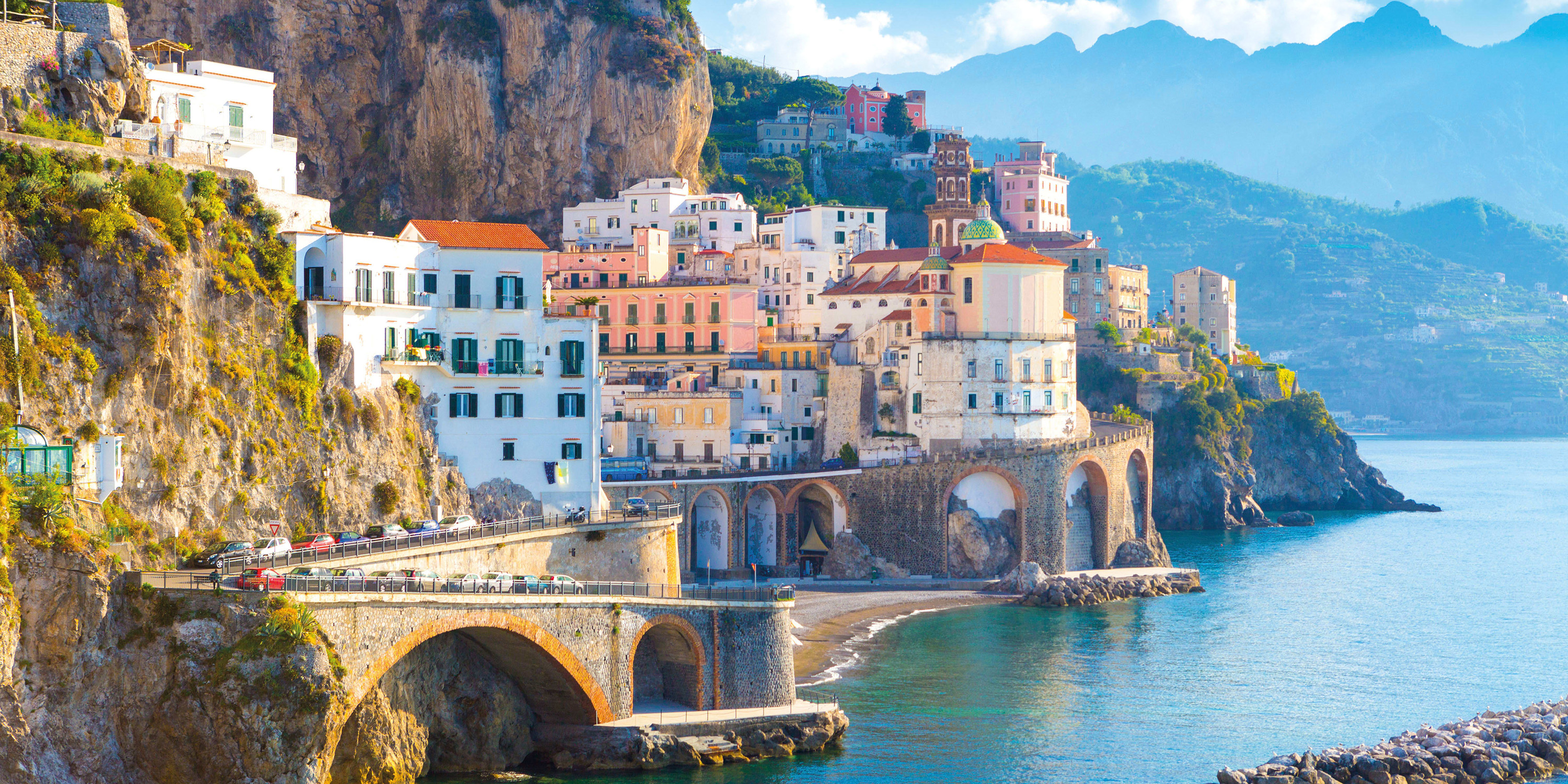


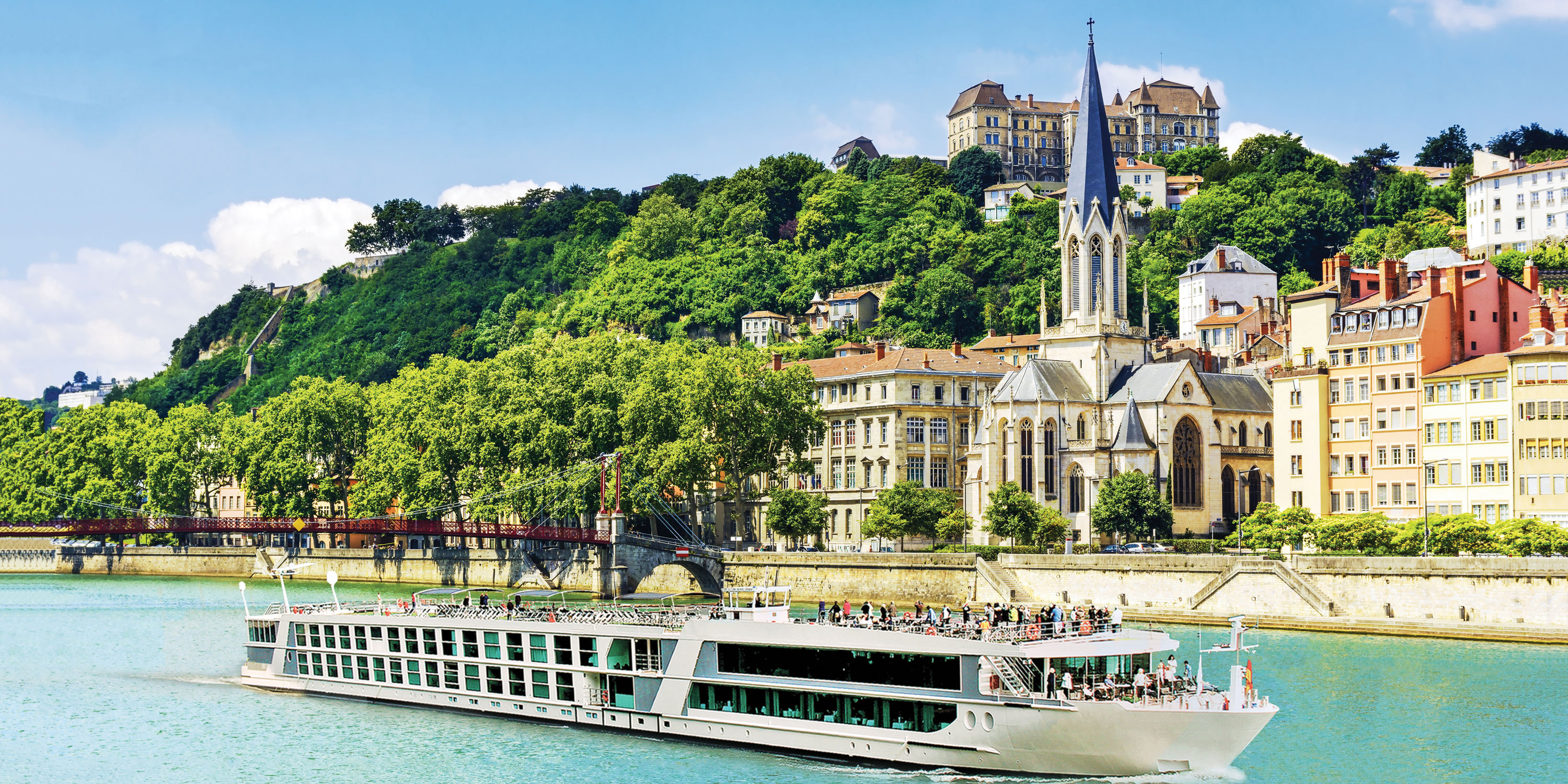

Stay up to date and be inspired
Yes, please keep me updated with the latest special offers, travel inspiration, product updates, and event invites.
